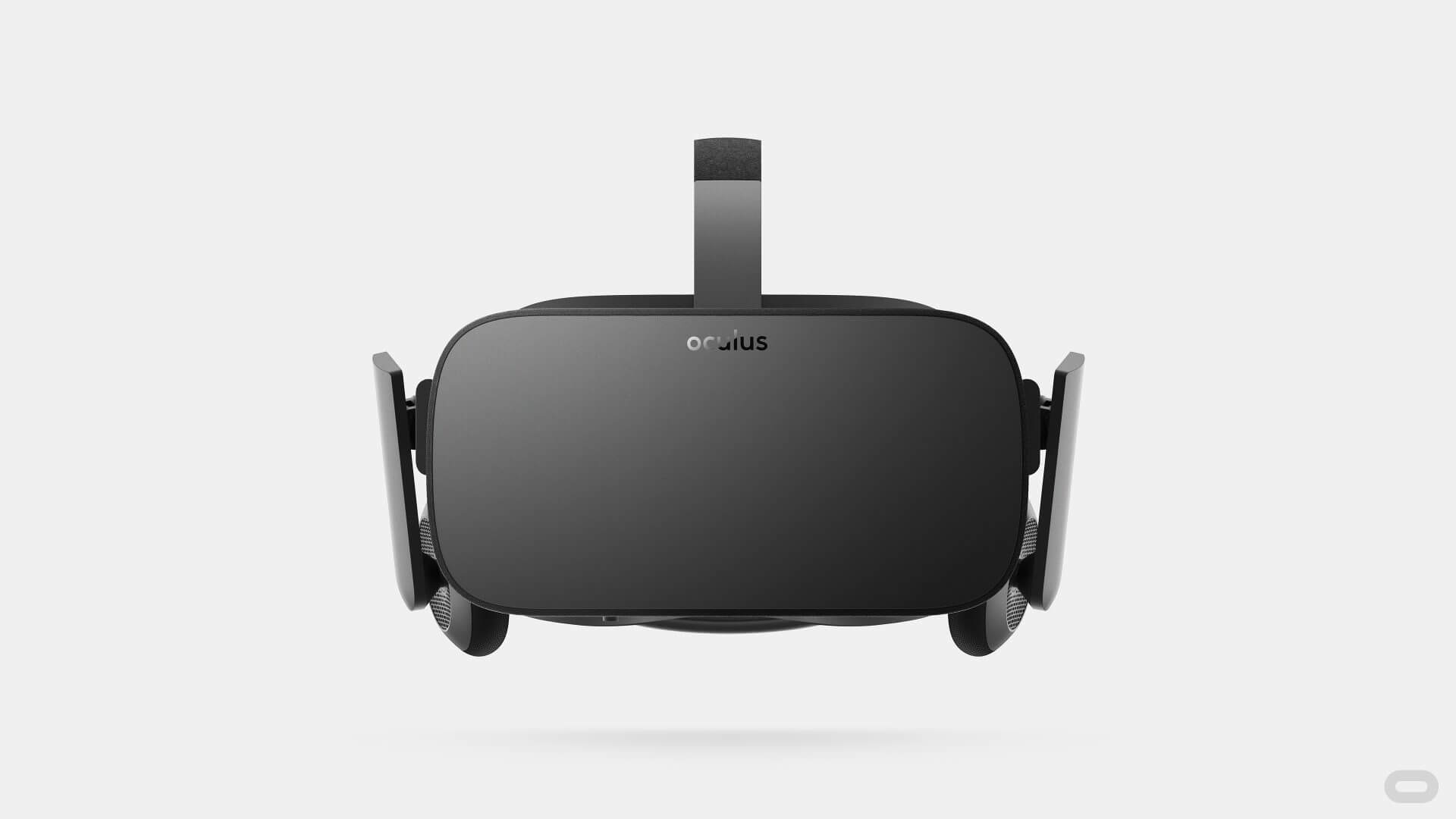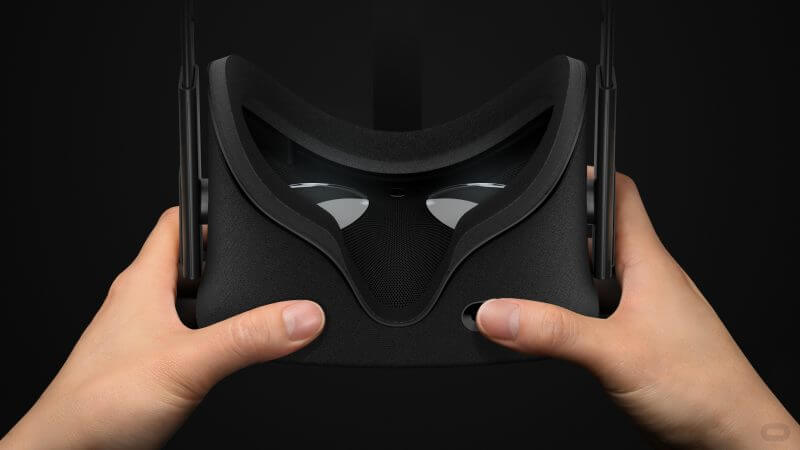Imagine a place that you could fully immerse yourself into when you are experiencing a flashback from a particularly recurring scenario, just to work in conjunction with the therapy you are receiving from a licensed therapist or other mental health practitioners? What about trying to work through a severe phobia where you could tackle the phobia head on while your therapist guides you through the anxiety to a more peaceful solution?
With the advent and rise of virtual reality, this is now becoming (albeit slowly) an up and coming method of therapy to help combat Post -Traumatic Stress Disorder (PTSD), Social Anxieties, Schizophrenia, and more. This method of therapy takes the role-playing aspect of some forms of therapeutic styles and mixes with a virtual world in which the patient can immerse themselves and work through their illnesses to go from a severely debilitating disorder to being able to make the illness to more of a chronic yet livable.
Think of the brain as a muscle. We are taught from a young age that in order to get our bodies strong and fit, that we need to exercise and take care of our bodies on a daily basis. Why should it be any different from our mind to our biceps? Granted you can’t go down to your gym and use a few weights to strengthen our brains, but we could use the latest technology to achieve the same results.
One of the most profound used of virtual reality in the world of mental health is the fact they could recreate combat and other world disasters that many soldiers or other survivors with post-traumatic stress disorder that they wouldn’t be able to re-experience again in real life, compared to the constants of anxiety disorders and phobias. Virtual reality is used as an alternative to guided imagery therapy, to where the patients need not to rely on their recollection or ability to visualize the former combat zones and disasters they may have served in and might have trouble piecing back together.
However, virtual reality exposure therapy or VRET had a few roadblocks before it can have a widespread usage. First, Virtual Reality technology is expensive and formerly hard to get ahold of. Now that we have portable like VR headsets such as the Oculus, we may be able to see VRET used more frequently in therapy treatments. This economic limitation in shown in this market as the tech isn’t widely available as it would be needed to be in order to become a popular and widely used form of treatment.
Secondly, there is a lack of clinical studies, data, and evidence on how well virtual reality works as a therapeutic treatment either as a standalone treatment or in conjunction with mental health techniques such as Cognitive Behavioral Therapy or Dialectical Behavioral Therapy, two of the most commonly used forms of therapeutic treatments. In order to prove that VRET is a successful therapy, clinicians and researchers will need to conduct controlled, well-designed, and balanced studied on both the short-term and long-term effects as a standalone therapy or alongside other therapies and medications. At the present moment, the variables are uncontrolled and unreliable as anecdotal evidence.
So how does this all come together and work as part of a balanced therapeutic system? For starters, many different scenarios and situations have been developed for virtual reality therapy for anxiety disorders based on the principal of exposure. Exposure to the anxiety’s trigger such as heights, spiders and flying, therapists can use the immersion in the virtual world with patients to work through their phobias head-on whilst in a safe and controlled environment. So, instead of telling the patient that they need to go home or hop on a plane to physically go through and push through the phobias, in which can cause harm to themselves or others around them, the can use the virtual reality headset or computer game to face their fears head on with a therapist or mental health professional to lessen the harm to themselves and others and to foster an environment that they can worth through it all safely.
One of the upsides to virtual reality exposure therapy compared to standard exposure therapy is that it can be done in the office of the mental health professional, instead of having to leave the professional’s office and then coming back for an extended appointment, which is costly and sometimes not covered by some health insurances.
Another is that confidentiality of the scenario and treatments. Since it is done in office and no chance of being able to take it home like worksheets, books, medications which could easily give away you are in treatment for a mental illness (at this time mental illness is still stigmatized and looked down upon in society), you and your therapist are the only ones who have access to your particular scenario and the outcomes. Granted, there still is a chance that the mental health professionals and therapists could say something that violates HIPPA laws,this typically has as much not if more so than a typical therapy session.
In my opinion, the greatest positive to virtual reality exposure therapy is that the simulations and scenarios that patients typically go into a panic over can be experienced more than just once. Take someone who has a fear of heights and would like to enjoy a ride on a Ferris wheel. They could go through a simulation that they could experience within the constructs that are limited by the bounds of reality such as something that is as simple as a ride on a Ferris wheel from start to finish; standing in line, entering the ride, going through the full rotations, and finally, the ending of the ride’s duration.
Scenarios like that or combat simulations can be played over and over again without triggering a patient to go into a severely panicked state.
Will we see more use out of virtual reality exposure therapy in the mental health and even in medical education now that virtual reality technology and equipment becoming readily available to the public with the backing of peer-reviewed studies and properly trained medical professionals? One can hope in due time it will become a greater part of this reality.
Have you ever experienced virtual reality exposure therapy or know of the benefits? Let us know in the comments below!









